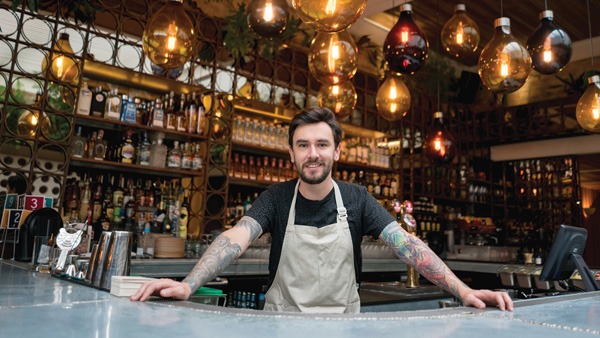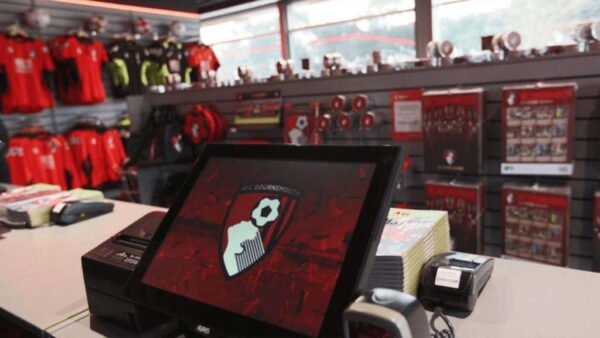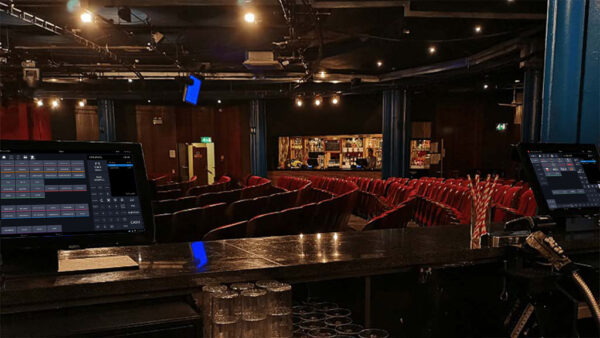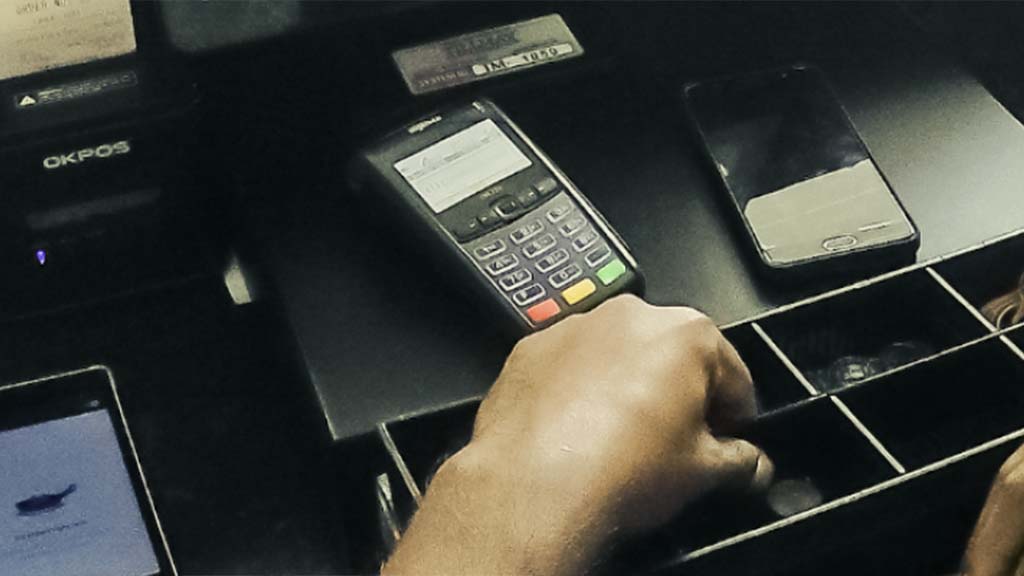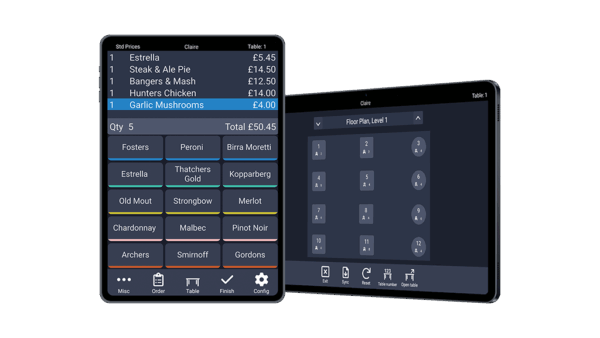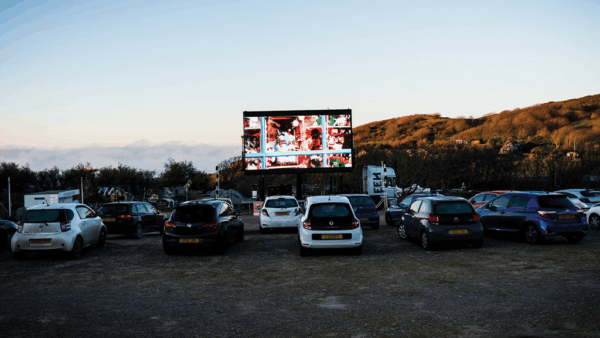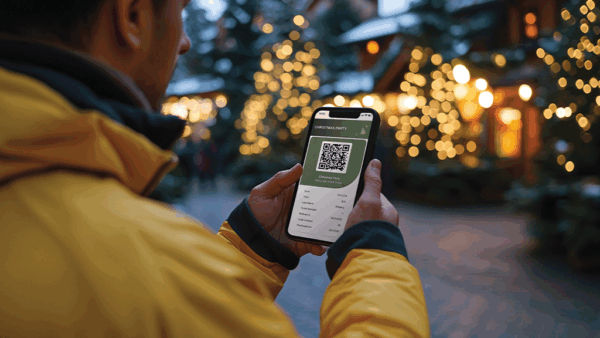Cashing up at the end of the day looks something like this:
- Manager counts the safe before doing anything else.
- Cashiers run reports summarising the activity on each till (X report for the shift, Z report for the day).
- Cashiers count cash, cards, cheques and store credit charges..
- Manager checks each till and compares the cash count to the till’s X or Z report.
- If the two don’t match, manager and cashier must investigate.
- If it can’t be solved: record the cash overage or cash shortage.
- When all moneys are accounted for (and any gaps recorded), manager takes the cash to the safe. Wherever possible, this should be in the same room as the count.
- Manager recounts the safe.
- Manager decides the next day’s floats.
- Manager banks the day’s takings.
The Sun Always Shines On CCTV
Check your CCTV is running smoothly every morning. Make that routine — most CCTV is unmanned and only called upon when something hits the fan. You need clear footage of the tills and of the count being performed. If you don’t currently have your CCTV linked to the till journal (which shows till activity as a live overlay on the camera image, showing you exactly what the clerk is doing), it’s highly recommended. Further detail on this and much more can be found in the ICRTouch handbook How to Spot Till Fraud.
In The Beginning
The morning begins with CCTV function check. Next up, count the floats and the safe. Ideally the safe will be a change safe only, and not still carrying the takings of previous days — the takings will be banked daily in a separate drop safe. In a perfect world this safe will require two keys, one of which is held by your secure transit service.
All counts must be witnessed, and take place in full view of CCTV cameras. Whether counting is by weight, machine or by hand, all counts should be repeated for accuracy. The values are recorded and entered into an accounting system.
End Of Days
At the close of business, recount the safe. The amount in the safe needs to be exactly the same as the last recorded amount. (If not, an investigation must be launched if a clear audit trail explaining the discrepancies cannot be produced.) Once that’s complete, the tills can be cashed up. This will involve a hand count and Z report from each.
Cashing up has to be done one till at a time. Any discrepancies must be recorded before the count can move to the next till. Minor excess takings can often be explained by the odd customer declining their change, or coins stuck together. Generally speaking, a variance above £5 or a variance occurring more than once should trigger an investigation.
When all tills have reported in and all balances are confirmed, place the cash in the safe and recount again to record the new total.
With that done, the day has been finalised and can now be signed off by the manager. Next, set the floats for the following day and record the amounts. The denominations of banked cash, deposit receipts (or dockets if you’re using a secure transit service) need to be recorded. You need those for the audit trail.
Practice Makes Perfect — Keeping It Lean, Clear, And Routine
These steps should be carefully followed every operational day. This helps staff become familiarised with what is expected, and helps the business spot ways to improve. The exception is the banking time. The times and procedures should be varied as often as possible. Avoid producing banking processes that can be externally observed and learnt, as this is a clear security threat.
Money To Be Banked
The banking safe holds all money to be banked. When placing money in the drop safe, the notes are counted and the amount is co-signed by the most senior member of staff on site. The cash is then placed in a bag labelled with the banking slip number. The banking slip itself is placed in the bag with the cash.
When secure transit picks up, there will be several bags in the safe, all with banking slip numbers. They are collectively sealed into a banking bag supplied by the transit company at that time. A record of the amount is kept by the transit company and by yourselves. The banking bag will hold of a copy of the amount of money it contains, the relevant banking slips, and the identity of the site from which it was collected.
In businesses not using secure transit, a vetted member of your business will take the contents of the banking safe to be deposited. This will involve recording the value of the money taken from the banking safe, and the retention of the cashier’s receipt after the cash has been deposited.
Remember:
- Always remove the cash drawer fully and check if any credit/debit card slips or bank notes have slipped into the back of the till.
- Avoid cashing up in a customer-facing space in your business. Take the count into a back office wherever possible.
- Avoid leaving cash in the till overnight. Remove trays and place them in the safe. Leave till drawers visibly open and empty to discourage break-ins.
- Ensure staff are always present for cashing up. It is imperative they are present to address any discrepancies immediately.
- General safe counts can occur at any time of the day as needed for cash investigations.
- A surplus cash reading is as unwelcome as a deficit. Balance sheets must account for all variances in transactional activity.

